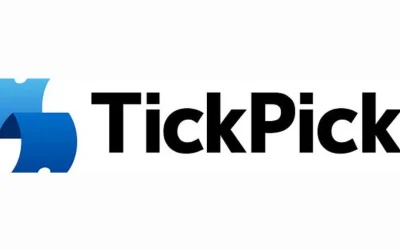As streaming continues to grow into a dominant position of how people access music, Google has stepped up its competition against Spotify and Apple Music with its new streaming service: YouTube Premium.
Google is now breaking up YouTube Red service into two pieces: a YouTube streaming service and a YouTube Premium for original video content. YouTube Music is a direct competitor to Spotify with a new mobile app and desktop player. The difference, however, is that Google claims it will combine the official versions of songs with “thousands” of related playlists, covers, live versions of the songs, and actual music videos.
YouTube Music will also take the idea of listening to music to a whole new level; the app will be able to discover songs based on a general description, it will recommend songs based on your history and location, and will suggest new music. The service will play pumped-up music for users at the gym, find songs for people who don’t remember the lyrics, and present underground, up-and-coming musicians.
Alike Spotify and Apple Music, YouTube Music will cost $9.99 a month for the premium version, which includes ad-free listening and downloads. On the other hand, YouTube Premium offers the benefits of YouTube Music, but will allow access to all of the YouTube Originals library of videos. According to the Verge, Google says that it will expand this Originals section with “more bigger, original series and movies,” as well as shows from various other countries. This service is also free of ads and will allow users to download video content.
Spotify and Apple have been duel-dominating the industry. Lyor Cohen, YouTube’s head of music, told the Financial Review that there is “nothing healthy about a duopoly” and the services are “scary for musicians and for record labels.”
“To preserve this incredible opportunity the music business has, we need competition in distribution,” Cohen said. “It’s not like it was 30 years ago, when some guy could rent a warehouse, buy a bunch of records and put a sign called Tower Records in front. Now you have to have a ton of engineers, a global footprint and a ton of money.”
However, this is Google’s fourth attempt to get its users to pay for streaming services; in the past, they’ve tried to integrate Google Play, YouTube Key, and YouTube Red. According to the analyst with Midia Research, Mark Mulligan, music is a huge part of YouTube. Last year, about a third of YouTube’s advertising revenues came from music videos, which has raised 27 percent from 2016, Midia Research shows. Thus, YouTube decided to push this music streaming service, which Morgan Stanley predicts will draw in 25 million paid subscribers by 2022.
The problem with all of these services is how much musicians get paid. Spotify and Apple have completely changed the industry, allowing fans to stream music whenever they want, rather than buying a tangible CD. Musicians have complained in the past, and some even denied to have their music on these platforms. Similarly, musicians argued with Google that although YouTube helped them marketing-wise, the company did not pay them enough. Google hopes to mend this relationship with musicians, claiming that this new service will make record companies “rich.”
A senior record label executive told the Financial Review that Google has been talking about this type of service forever. Although they said the company has messed up in the past, this time, they’re slightly more optimistic.
“But people are positive about it in a way that they’ve never been positive about YouTube before,” the executive said. “This product is not going to revolutionize the subscription music business, but it’s just as good as Apple and Spotify.”
YouTube Red is now YouTube Premium, so for those that already have Red, they will not have to upgrade to the higher price level. Also, Google Play Music subscribers get YouTube Music with their membership. Tomorrow, May 22, YouTube Music will be available to all existing YouTube Red markets.




